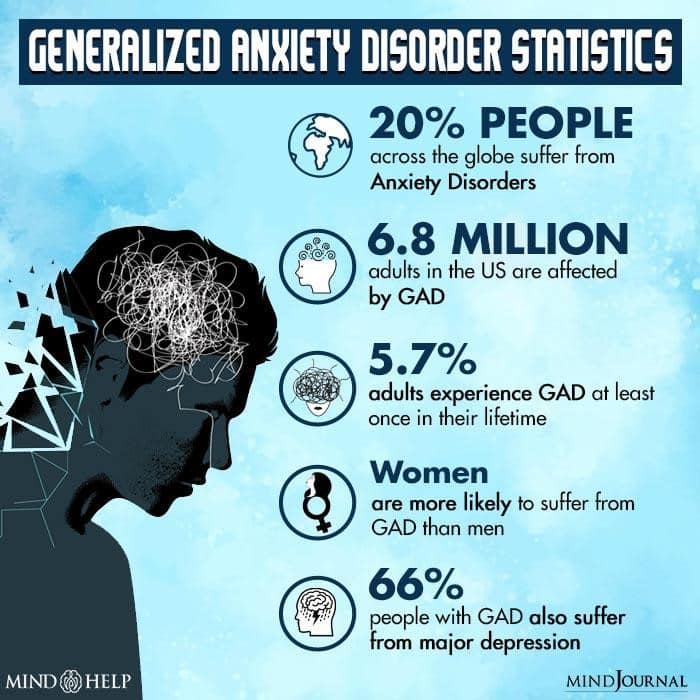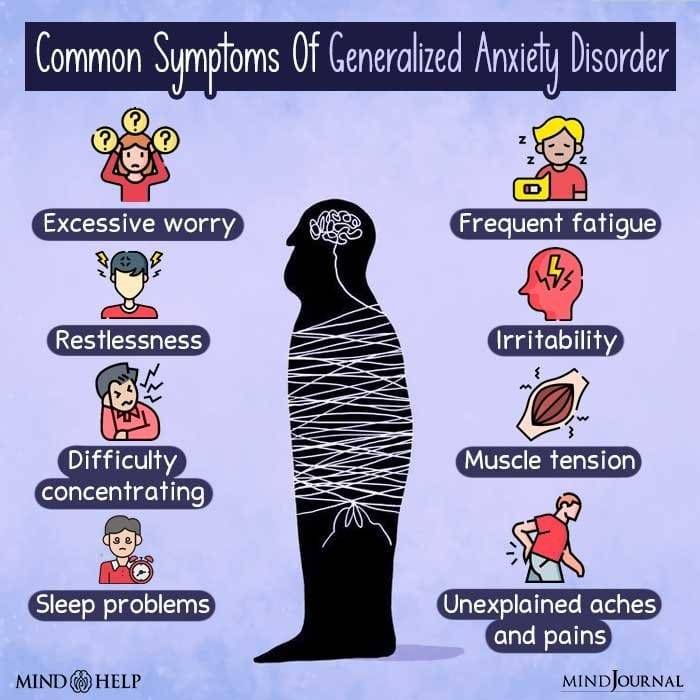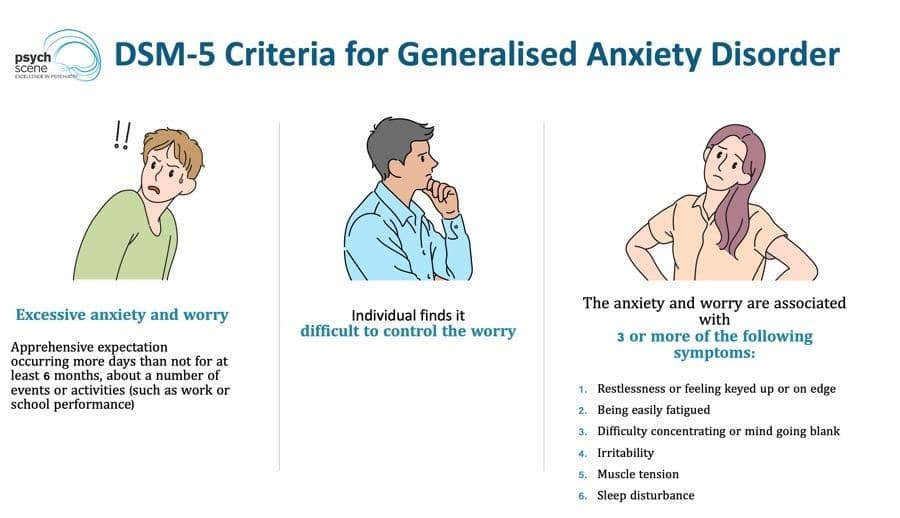Understanding about F41.1 diagnosis is crucial for anyone who is going through generalized anxiety. Generalized anxiety disorder (GAD) is characterized by long-term and intense stress in all aspects of life. Signs of GAD include extreme anxiety, insomnia, tiredness, difficulty focusing, muscle strain, and sleep issues. If you can see these signs in your behavior, then this blog is for you.
As per the WHO report, despite highly effective treatments for anxiety disorders, only about 1 in 4 people in need receive any treatment. The main obstacles to the F41.1 diagnosis include a lack of understanding that it is treatable, a lack of funding for mental health care, a lack of trained healthcare professionals, and social isolation. In this comprehensive guide, we hope to provide you with the information you need to navigate through the complexities of F41.1 diagnosis. Continue reading the blog below to discover strategies and resources to effectively manage your anxiety.

The International Classification of Diseases, 10th Revision provides a standardized system for classifying medical conditions and assigns specific codes to them. Among these conditions, anxiety disorders are the most prevalent, affecting millions of people globally. The code offered by ICD-10 for generalized anxiety disorder is F41.1. It allows Clinicians in the U.S. to use the 41.1 code as part of their clinical note practices and for insurance reimbursement. ICD 10 identifies generalized anxiety with the symptom of persistent, and excessive worry for at least six months. Research shows that generalized anxiety affects 6.8 million adults, or 3.1% of the U.S. population, in any given year making it a frequently-diagnosed mental health concern. Unfortunately, most of the population suffering from generalized anxiety do not receive appropriate treatment. That is why in this blog, we have provided treatment suitable for your F41.1 diagnosis to help you receive appropriate treatment for your anxiety.

Some of the general symptoms associated with F41.1 ( generalized anxiety disorder ) are listed below-
As per data from the Center for Disease Control and Prevention, in 2019, 15.6% of adults aged 18 and over reported anxiety symptoms in the last 2 weeks , with 9.5% reporting mild or moderate anxiety, 3.4% reporting moderate or severe anxiety, and 2.7 reporting severe anxiety. This percentage was found to decrease with age and was higher among women than men.

DSM-5 has outlined a few criteria for F41.1 diagnosis as listed below. Individuals are analyzed for these criteria before receiving any diagnosis treatment for their condition.
Here is a step-by-step framework for F41.1 diagnosis
An interview is conducted by a qualified healthcare professional to gather information about the individual’s medical history, current symptoms, and overall functioning.
The person is tested to determine if they meet the diagnostic criteria. If they do meet the diagnostic criteria, then they are further tested for diagnosis.
It includes a thorough examination to determine the nature, duration and severity of the anxiety disorder, as well as its symptoms.
The person is also evaluated for other medical or mental health issues, including hyperthyroidism and substance use that could contribute to the onset of generalized anxiety.
A comprehensive physical exam is carried out to evaluate general health, determine vital signs, and run lab tests if needed.
A standardized questionnaire is made to gather information from patient about the severity of the disorder and its impact on their life
Once the diagnosis is made, the healthcare provider will recommend a range of treatment options based on the individual’s needs.
Research has found Cognitive behavioral therapy to be the most effective in treating anxiety. Other recommended options include psychotherapy, medication or lifestyle changes that could help to effectively manage generalized anxiety.
FAQs
The International Statistical Classification of Diseases classifies F41.1 as an ICD-10 code that allows clinicians to bill for treating Generalized anxiety specifically.
The most suitable treatment for generalized anxiety involves a combination of various therapeutic approaches tailored according to specific needs. This includes Psychotherapy, medications, lifestyle changes, relaxation techniques etc
The F41.1 diagnosis can be efficiently carried out with better communication, feedback and support. An appropriate clinical and psychological evaluation before the diagnosis can assist the medical professional in managing your condition more effectively
F41.1 also recognized as generalized anxiety disorder is marked by symptoms of excessive fear and stress for six months or more. It involves signs of restlessness, disturbance in sleep patterns and increasing irritability and muscle tension.
Several factors contribute to the development of generalized anxiety disorder in a person. Factors such as past trauma or adverse life experiences, chronic health issues, family background and substance abuse issues, etc. can influence its development
Wrapping up with the comprehensive guide, here are your two cents of advice for a smooth and easy-going F41.1 diagnosis process. The success of diagnosis of any mental health condition depends not only on the treatment or medications but your attitude throughout your healing journey. Allow yourself to be strong, patient and compassionate as you heal through this condition. Don’t feel guilty about seeing life in a different light. Instead, see it as an opportunity to re-enlighten and overcome your weaker self. For better results, let self-care, supportive family and medical experts help accompany you on your diagnosing journey.
Anxiety can be debilitating, but seeking help through treatment is the first step in regaining control of your life. As with any therapy treatment, the first step to getting help is to find an anxiety treatment center near you that aligns with your values, and can meet your goals.
At Calusa Recovery, various treatment modalities are offered that are centered around finding the best path to your recovery and life. We offer a broad range of treatment programs, including intensive inpatient and outpatient programs, as well as holistically based programs and an adventure-based experiential program.